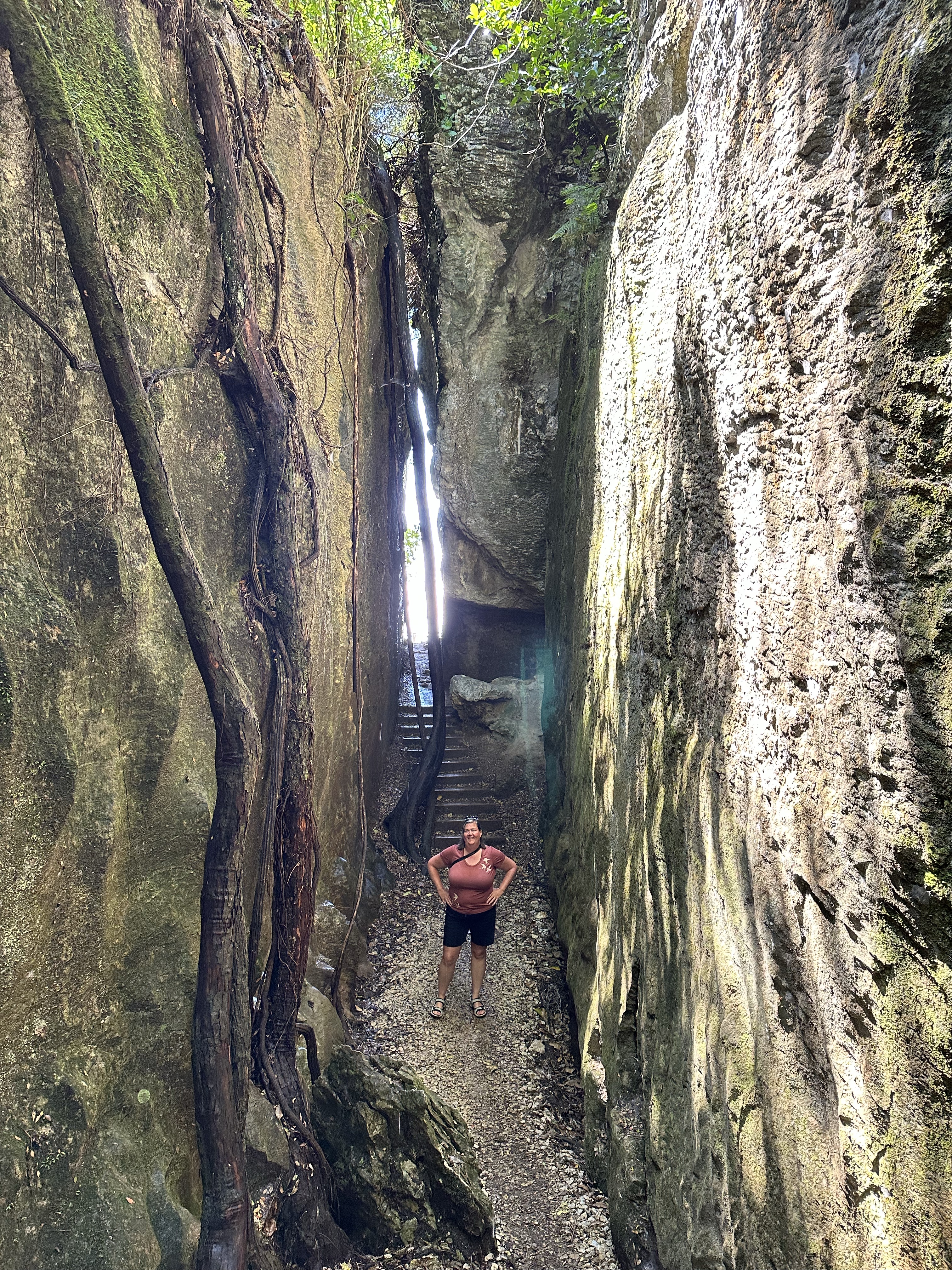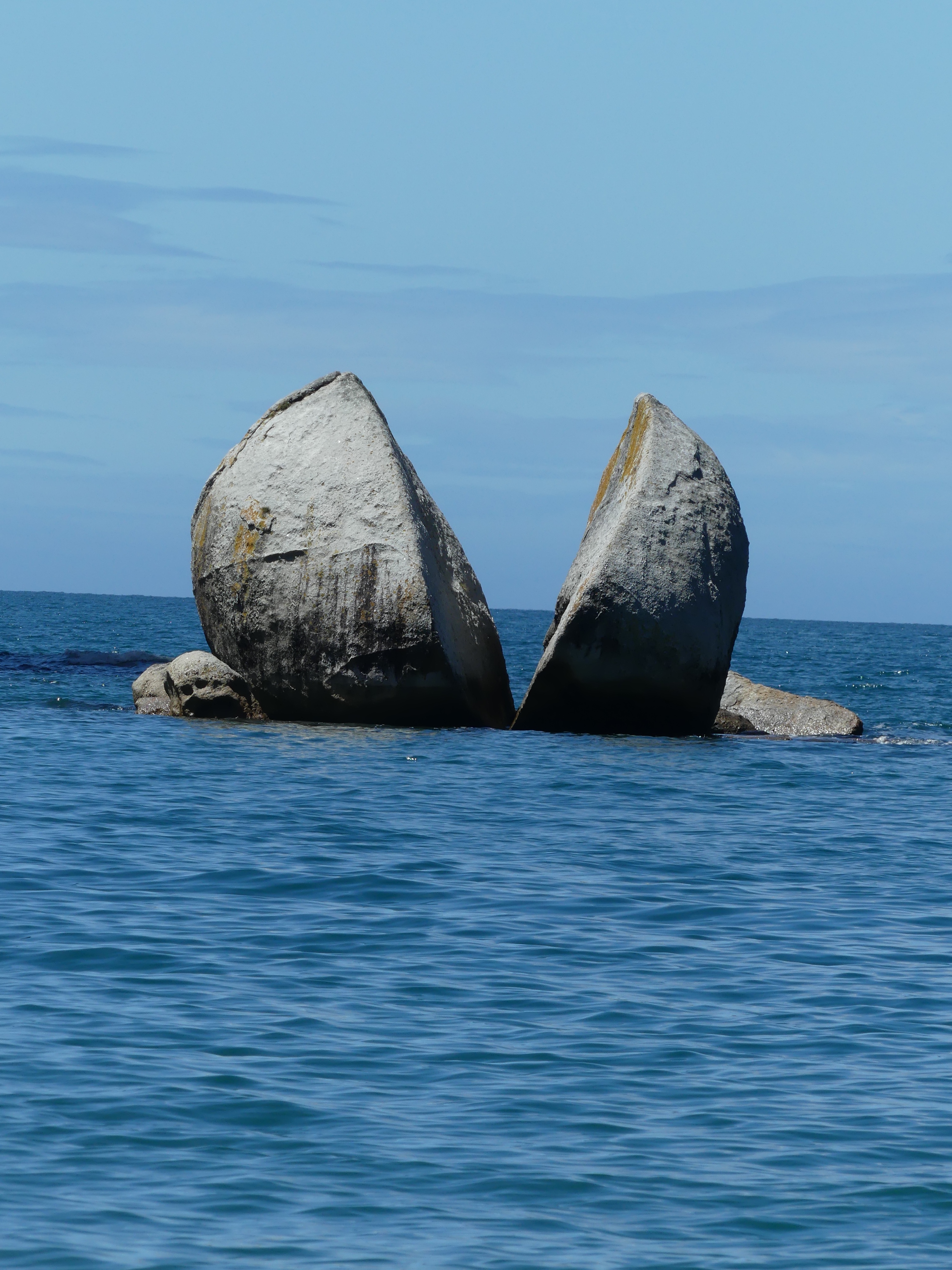Today started with another good breakfast at our hotel and we were met by JT, our guide. First up was the Temple of Heaven. The temple was visited by Emperors of the Ming and Qing dynasties (who were considered the sons of Heaven) for annual ceremonies and sacrifices for a good harvest. It is commonly regarded as a Taoist temple, although heaven worship predates Taoism. It was built between 1406 – 1420 by Emperor Yongle who is the same emperor who was responsible for the construction of the Forbidden City. The Hall of Prayer for Good Harvests is the round three tiered ‘pagoda’, made completely of wood with no nails. All buildings within the temple grounds have special blue roof tiles, symbolizing heaven. Square represents Earth, round represents heaven. Everything painted or carved has a meaning. There was lots of detail to take in.

At the center of the terrace is where the Emperor would pray. I got to stand there today as the Emperor was doing something else I guess.



There were animal sacrifices to the gods to ensure good fortune as well. Here is one of several cremation pits:

From there we headed over to Tiananmen Square. The square contains the mausoleum of Mao Zedong, who founded the People’s Republic of China in 1949. The square was the site of the Tiananmen Square Massacre, an armed suppression of a pro-democracy movement in 1989. Interestingly, our guide neglected to mention that bit of history.
We were told that Tiananmen Square can hold 1 million people. It was built to celebrate the freedom from occupation and the birth of the Peoples Republic of China. Uh huh, we believed the 1 million people part.

National Museum

Mao’s words about the wonders of the republic are here on the tower.

Dr Sun Yat Sen who we didn’t realize was one of the organizers of the freedom of the country. It’s the same guy who’s garden is in Vancouver. He gets around!

Looking towards the “Gate of Heavenly Peace” which separates the square from the Forbidden City. There is an Honour Guard from each military branch when the flag is flown. The flag is raised at sunrise and taken down at sunset and each guard stands at full attention for an hour and is then relieved with the next soldier.

Across in the distance in the above shot is the Imperial Palace(Gugong) or better known to us as the Forbidden City. It was off limits to commoners for more than 500 years, as it was the imperial court for 24 emperors from the Ming Dynasty in the 5th C to the fall of the Qing Dynasty in 1911. It is a good example of how disgustingly rich the emperor was compared to his subjects, but also how isolated the whole court was from ‘real’ life. The boundaries of the city are marked by tall red walls with guard towers at the corners. Up to 100,000 people (the size of the imperial court) can assemble in the first courtyard. Marble bridges cross a ceremonial stream to red-pillared halls, each housing a throne where the emperor could receive visitors (the hall of protective harmony), fulfill ceremonial functions (the hall of supreme harmony) or spend his wedding nights(the palace of earthly peace). The imperial gardens are lovely but artificial and structured.


Dragon carvings adorned almost every stairway.

This is still the outercourtyard, we had been touring things for about an hour by now. Crazy huge place.

Once you hit the inner courtyard where the Emporer lived things got more decorated.
Fire Dragon

Dragon turtle symbolizing long and powerful life:

If you rub the golden beasts it brings you luck. So we did.

Golden lions were all over the entrances

Even their backsides were fancy.

When we thought were done with the Forbidden City we still had the garden to see.
We found the Tree of Love.

By now it was around 2pm and we were hungry. So more noodles and beer it was. We had to rush it a bit as we still had the Lama Temple and be done in time to see the acrobatics show at 4.
Yonghe Temple, or the Lama Temple, was constructed in 1694 during the Qing dynasty as an official residence for court eunuchs. It was then converted into the residence for the emperor’s son. Finally converted into a monastery (lamasery) for large numbers of Buddhist monks (lamas) from Tibet and Mongolia. The emperor’s son, when he lived there, was given a prophecy by the monks he would become emperor. When it came true he donated his old home to the monks. As it is still a place of worship the photography was quite limited.
Sanskrit prayer wheels still in use:


Given that it was a national holiday in China there were a few local tourists wherever we went. Our driver was complaining about traffic. But we did make it on time for our acrobatics show at Chaoyang Theater. Once again the performers did some crazy amazing things and made it look simple.
This was the crowd for the show right after ours. Actually that shot only shows about half the crowd…Busy place!

Exhausted we returned to the hotel and had a quick dinner. Sauteed broccoli with garlic and “Fried Rice with Mixed Material”. Yup gotta love the translations.







Leave a Reply